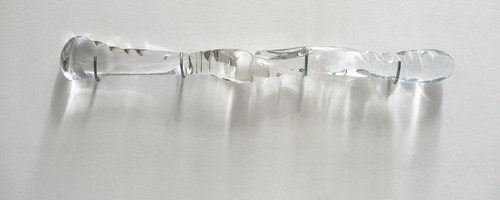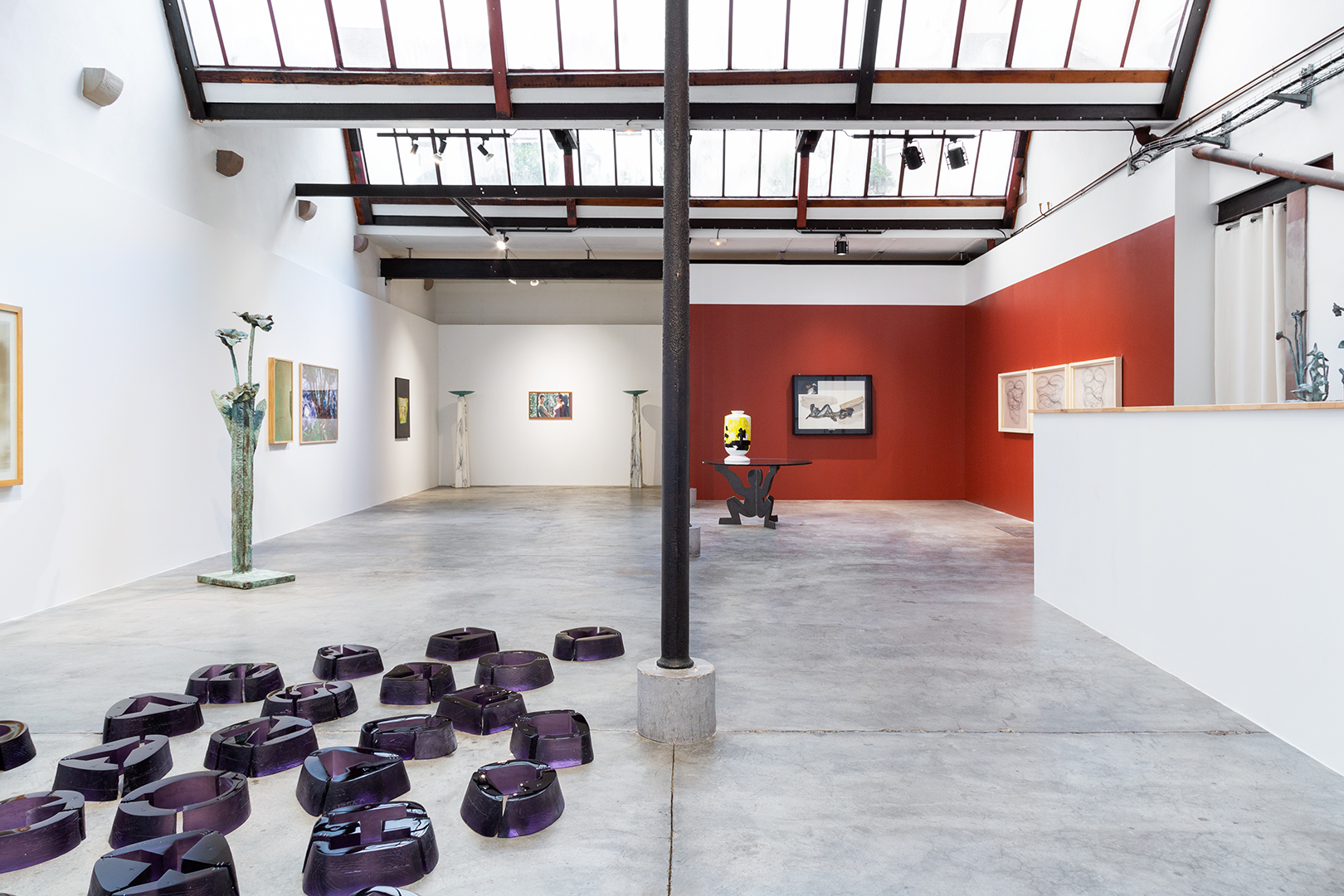Markus Hansen, born in Heidelberg in Germany in 1963, spent his childhood in Liverpool (England).
Following his artistic studies at Reading University, he assits Joseph Beuys with his installation Plight. In 1986/87, he lives in Colombia among the Waunana community, undertaking a anthropological research about the therapeutical and creative role of the shaman figure. Once upon his return in England, he is first exhibited at the Maureen Paley gallery. After a artistic residency at the Cartier foundation in 1992, Hansen moves to Paris.
In 2014, he comes back to London where he still lives and works today. His work is exhibited in France, in Germany, in Switzerland, in Belgium, in Spain, in England, in the United-States, in Japan, in South Korea and in Australia. Many of his works are part of museal collections such as the Centre Pompidou collection, the collection of the Musée d'Art Moderne de Paris and the collection of the Musée d'Art Moderne et Contemporain de Strasbourg.
Markus Hansen is an artist marked by the blurring of artistic and cultural boundaries. The issues of otherness and integration were part of his upbringing experience as he grew up as a German child in the post-war context of various countries. Drawing on this experience and a multiplicity of media including photography, painting, silkscreen, architecture, installation, video, film, sculpture and performance, Hansen explores a constellation of subjects relating to ideas of social identification, subjectivity and communication between individuals or between generations. The question of the circumscription of identity and the role played by the other in the construction of the self thus runs through Markus Hansen's work, which plays on opposite but symmetrical notions such as history and memory, light and darkness, creation and destruction.
This preoccupation translates materially into monumental works and installations (Fondu enchaîné noir-blanc-noir), the creation of more intimate spaces (Library for Claude Lévi-Strauss), or even destabilizing ones (Each Man Kills the Things He Loves), where illusion is also a recurring principle in Markus Hansen's work. He plays with the absence and presence of the subject in space, the murkiness of a secret behind a curtain, anamorphosis and false mimicry, as when he reproduces landscape scenes by the great Romantic masters on burnt paper, or embodies the facial expressions of strangers in his double-portrait series Other People's Feelings Are also My Own. By transforming the dust of his studio into silkscreens, or emotion into plastic matter, Markus Hansen's work is indeed akin to alchemy.












